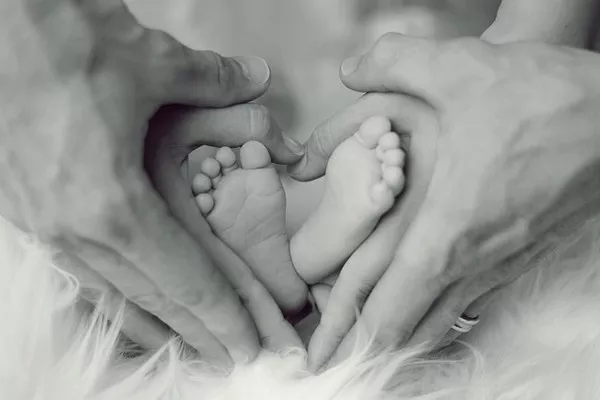FAQs
Is RSV related to rhinovirus?
RSV (Respiratory Syncytial Virus) and rhinovirus are both viruses that cause respiratory infections, but they are not the same and belong to different viral families. RSV is a member of the Paramyxoviridae family, while rhinovirus belongs to the Picornaviridae family. Despite causing similar symptoms such as cough, runny nose, and congestion, their genetic and structural differences mean they are distinct viruses.
What can rhinovirus turn into?
Rhinovirus typically causes the common cold, but it can lead to more serious complications, particularly in vulnerable individuals such as young children, the elderly, and those with weakened immune systems. Complications can include sinusitis, ear infections, and exacerbation of asthma. In severe cases, it can also lead to bronchitis or pneumonia, especially in individuals with underlying respiratory conditions.
Can a viral cold turn into RSV?
A viral cold caused by one virus, such as rhinovirus, cannot transform into RSV, as they are distinct viruses. However, it is possible for an individual to be co-infected with multiple viruses, including both a cold-causing virus and RSV. This co-infection can result in more severe respiratory symptoms and complications, particularly in young children and the immunocompromised.
Related topics:
- Natural Ways to Cure Cough and Cold in Infants: A How-To Guide
- Clearing a 2-Month-Old’s Stuffy Nose: A Comprehensive Guide
- Is Cold Breast Milk Safe for Newborns?


